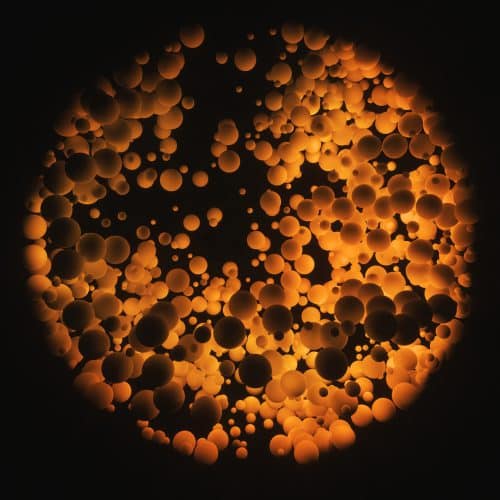Scientists at the University of Queensland have reached a conclusion that challenges the long-held assumption of 20th century biologists about the evolutionary history of animals. They investigated with technological means how the multicellular animals developed, and revealed a surprising truth

Scientists at the University of Queensland have reached a conclusion that challenges the long-held assumption of 20th century biologists about the evolutionary history of animals. They investigated with technological means how the multicellular animals developed, and revealed a surprising truth.
Prof. Bernie Degnan (Degnan) said that the results were contrary to the accepted hypothesis for decades. "We discovered that the first multicellular animals probably did not resemble modern sponge cells, but were more like a collection of unsorted cells," said Prof. Dagnan.
The great-great-great-grandmother of all cells in the animal kingdom, so to speak, was very similar to stem cells. "This is somewhat intuitive because compared to plants and fungi, animals have many more types of cells, and they have very different functions in the body from neurons to muscles, and cell differentiation was critical to animal evolution from the beginning."
"The findings disprove a long-standing idea that multicellular animals evolved from a modern sponge-like single-celled ancestor known as a choanocyte." Prof. Dagnan added. "There are scattered events throughout the history of evolution in which major transitions took place, one of which was the jump from the world of microscopic-sized single cells to the world of multicellular animals," said the researcher. "The bacteria brought with them incredible complexity and from them the kingdoms of animals, plants, fungi and algae that we see today were created."
Members of the research team mapped individual cells and sequenced all the genes expressed in them, which allowed the researchers to compare different types of cells over time. Prof. Sandy Daganan, co-author of the article, says that this study provides the evolutionary history of each cell type, by searching for "signatures" for each cell type.
"Biologists have believed for decades in the current theory that sponge-like, brainless single-celled creatures called choanocytes were very similar to choanoflagellates, the organism considered to be the closest living thing to animals today." saying. "But their signatures (I would add "genetics") do not match, that is, these creatures are not the basis of animals as we have thought so far."
"We take the central theory of developmental biology and turn it upside down," she said. "Now we have the opportunity to re-describe the steps that led to the development of the first animals, the basic rules that turned single cells into multicellular animals."
Professor Bernie Dagnan said that the discovery will help us understand our own evolution, and our understanding of stem cells and cancer development."
For the announcement on the University of Queensland website
More of the topic in Hayadan:
- The first historical model for the formation of life received a significant boost
- A new study of fossils made it possible to be more precise in the date of the appearance of the first animals before 540 m.
- For the first time: evolution of unicellular to multicellular organisms took place in the laboratory

3 תגובות
Don't be YNET, please write the title in a way that respects the site's readers.
"A new theory in the field of evolution challenges existing concepts that are decades old"
On what basis did they rule out a previous theory? And that leads to cancer research?! come on…
"Revealed a surprising truth"?
Sounds like they have a new theory
Could be great, but making it true seems a bit difficult to me at this point